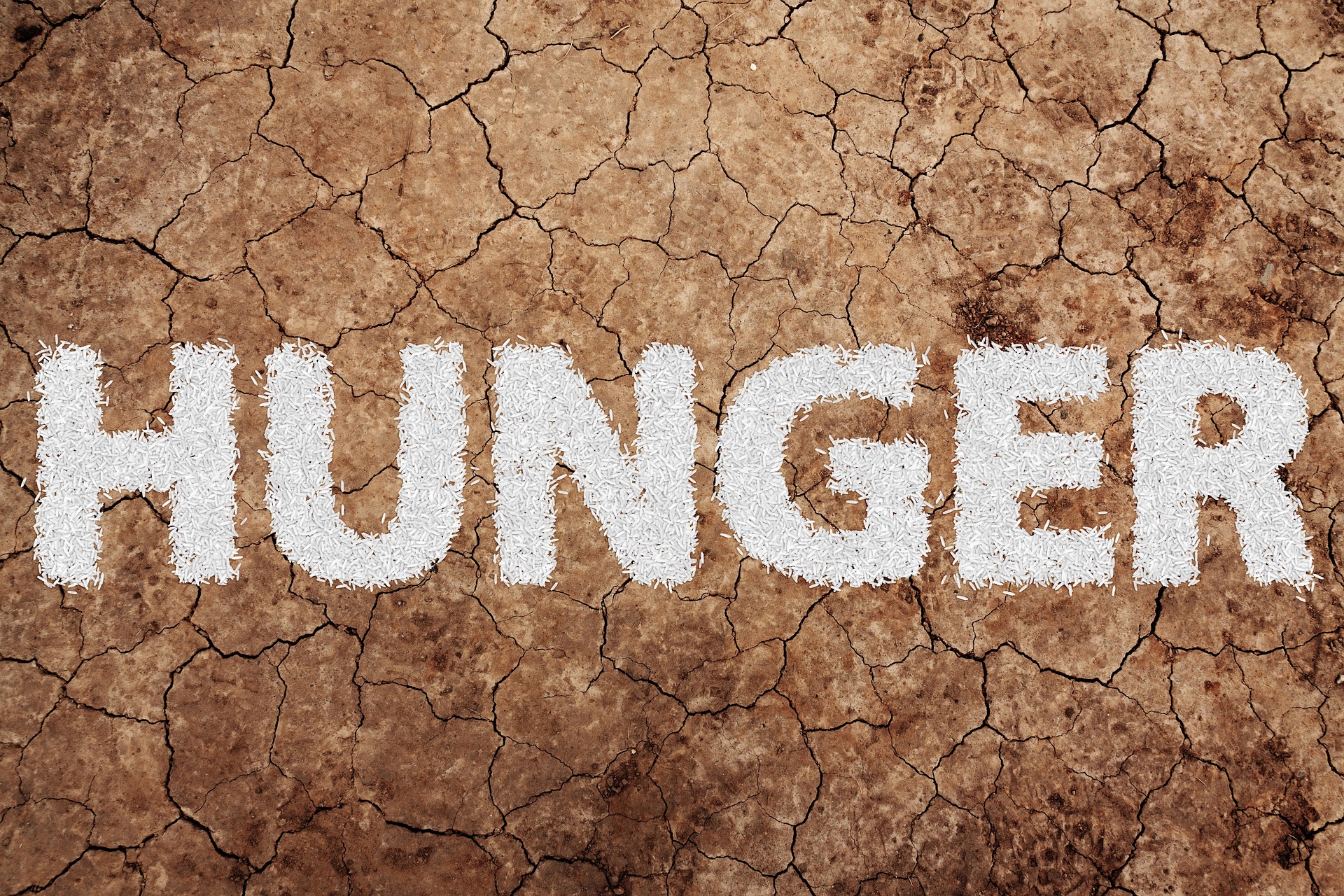
Rome/Geneva: As 2022 nears an end, almost one million people face the immediate threat of starvation – almost double the numbers of 2021. Across the world, 222 million people are experiencing high acute food insecurity, almost one in five of whom are struggling to access enough food to survive the day.
Extreme weather events, such as droughts and floods, the outbreak of the war in Ukraine and the proliferation of other conflicts, followed by the growing uncertainty around global food and agriculture markets drive acute food insecurity to new highs.
In the Horn of Africa alone, struggling with an unprecedented drought – an event not seen in 40 years – between 23 and 26 million people are projected to be in urgent need of humanitarian assistance, and acute food insecurity is expected to continue intensifying by February 2023 due to an anticipated, unprecedented sixth consecutive season of drought.
The cost of food has been steadily rising since the onset of COVID-19, with international food commodity prices already at a ten-year high before the war in Ukraine sent further shockwaves through the system. While prices in international staple foods have recently been decreasing, consumer prices remain high with significant implications for purchasing power and food access among the poorest.
Conflicts and political instability continue to ravage lives and livelihoods across the world, forcing people to flee their homes and abandon their farms, boats, livestock, pushing them into destitution and total reliance on external assistance.
Agriculture in emergencies remains massively underfunded
Agriculture is a frontline humanitarian response and must be considered as such in all humanitarian appeals. Urgent agricultural interventions, especially when combined with cash and food assistance, have enormous impacts on food availability, nutrition and displacement, significantly cutting other humanitarian costs.
For example, at a cost of just $220, the winter wheat packages being distributed in Afghanistan will enable a family to produce enough food to meet their annual cereal needs and leave a surplus for them to sell.
In Afghanistan, the Food and Agriculture Organization (FAO) of the United Nations is expecting to reach 9 million people by the end of the year – about half of the rural population experiencing high acute food insecurity. Some 3.6 million people will benefit from the ongoing winter wheat distribution, which will be completed by December.
In Somalia, over $24 million in cash, alongside livelihoods assistance, has been provided to rural communities that are most exposed to famine, while more than 11 million livestock has received feed, water and basic health treatment.
In Ukraine, alongside providing emergency agricultural support to farmers, such as seed potatoes, vegetable seeds and cash assistance, FAO said it is intensifying efforts to safeguard existing and upcoming harvests and food reserves. FAO has provided a massive capacity to store up to 6 million tonnes of grain (about 30 per cent of the national need). According to FAO, this assistance is crucial to ensure that grain is properly saved, and farmers are able to sell and export grain when appropriate.
FAO in 2023 is seeking $1.9 billion to save the lives and livelihoods of some of the most severely acute food insecure people, as acute food insecurity continues to escalate globally.
The announcement was made as part of the United Nations’ larger humanitarian appeal launched by the United Nations Office for the Coordination of Humanitarian Affairs (OCHA) at a special event in Geneva today.
With less than 4 per cent of the $51.5 billion required across all appeals for 2023, FAO stated today it can provide time-critical livelihood assistance to ensure 48 million people have a steady supply of nutritious food. Through the cash, crop and vegetable seed packages, livestock feed, animal health campaigns, and improvements to vital infrastructure like irrigation systems and markets, FAO said it can ensure families and communities in the most remote, conflict-hit areas are able to feed themselves and lay the foundations for resilience to future shocks.
In 2022, FAO’s emergency support to drought-hit communities in the Horn of Africa protected vital livestock assets, ensuring that 4.4 million children can access milk every day, and led to the production of over 100 000 tonnes of cereals and provided more than 1.5 million people with cash to purchase food, health care and other essentials.
FAO stated its interventions were above all geared towards meeting the needs and priorities of affected communities who are overwhelmingly farmers, fishers, herders and foresters – allowing them to remain in their homes where it is safe to do so, meet their own needs and lead their own future recovery.
FAO has stepped up its efforts to reach those most in need throughout 2022 – assisting 30 million people with time-critical support, focusing on rural populations and those for whom agriculture represents their very survival.
– global bihari bureau





